Hands-on Lab Skills/Science Inquiry -> day
Day
A day is a unit of time measurement based on the Earth's rotation. It is the time it takes for the Earth to complete one full rotation on its axis. This rotation causes the cycle of day and night.
Key Facts about Day:
- Duration: A day is typically defined as 24 hours, which is the time it takes for the Earth to complete one full rotation.
- Day and Night: The rotation of the Earth causes the alternation of day and night. When a specific location on Earth is facing the Sun, it experiences daylight, and when it is facing away from the Sun, it experiences nighttime.
- Divisions: A day is divided into 24 hours, each hour consisting of 60 minutes, and each minute consisting of 60 seconds.
- Time Zones: Due to the Earth's spherical shape and rotation, different parts of the world experience daylight at different times. This has led to the creation of time zones to standardize timekeeping.
Study Guide for Day:
To understand the concept of a day, here are some key points to study:
- Rotation of the Earth: Learn about how the Earth rotates on its axis and the effects of this rotation on the cycle of day and night.
- Duration of a Day: Understand the definition of a day as 24 hours and the subdivision of hours, minutes, and seconds.
- Time Zones: Explore the concept of time zones and how they are used to coordinate timekeeping across different regions of the world.
- Daylight and Nighttime: Investigate the factors that determine when a specific location experiences daylight and nighttime.
By studying these key points, you can gain a comprehensive understanding of the concept of a day and its significance in timekeeping and natural phenomena.
.◂Science Worksheets and Study Guides First Grade. Hands-on Lab Skills/Science Inquiry
Study Guide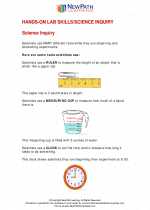 Hands-on Lab Skills/Science Inquiry
Hands-on Lab Skills/Science Inquiry  Worksheet/Answer key
Worksheet/Answer key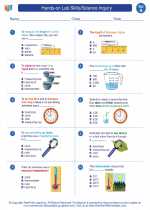 Hands-on Lab Skills/Science Inquiry
Hands-on Lab Skills/Science Inquiry  Worksheet/Answer key
Worksheet/Answer key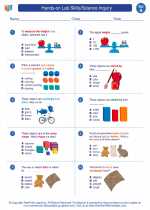 Hands-on Lab Skills/Science Inquiry
Hands-on Lab Skills/Science Inquiry  Worksheet/Answer key
Worksheet/Answer key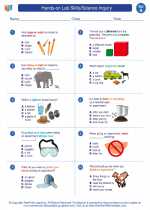 Hands-on Lab Skills/Science Inquiry
Hands-on Lab Skills/Science Inquiry  Vocabulary/Answer key
Vocabulary/Answer key Hands-on Lab Skills/Science Inquiry
Hands-on Lab Skills/Science Inquiry  Vocabulary/Answer key
Vocabulary/Answer key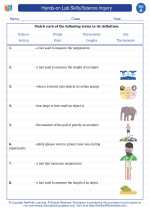 Hands-on Lab Skills/Science Inquiry
Hands-on Lab Skills/Science Inquiry 

 Worksheet/Answer key
Worksheet/Answer key
 Worksheet/Answer key
Worksheet/Answer key
 Worksheet/Answer key
Worksheet/Answer key
 Vocabulary/Answer key
Vocabulary/Answer key
 Vocabulary/Answer key
Vocabulary/Answer key

The resources above cover the following skills:
EARTH AND SPACE SCIENCE
Earth’s Place in the Universe
Observe seasonal patterns of sunrise and sunset to describe the relationship between the number of hours of daylight and the time of year (e.g., more hours of daylight during summer as compared to winter).